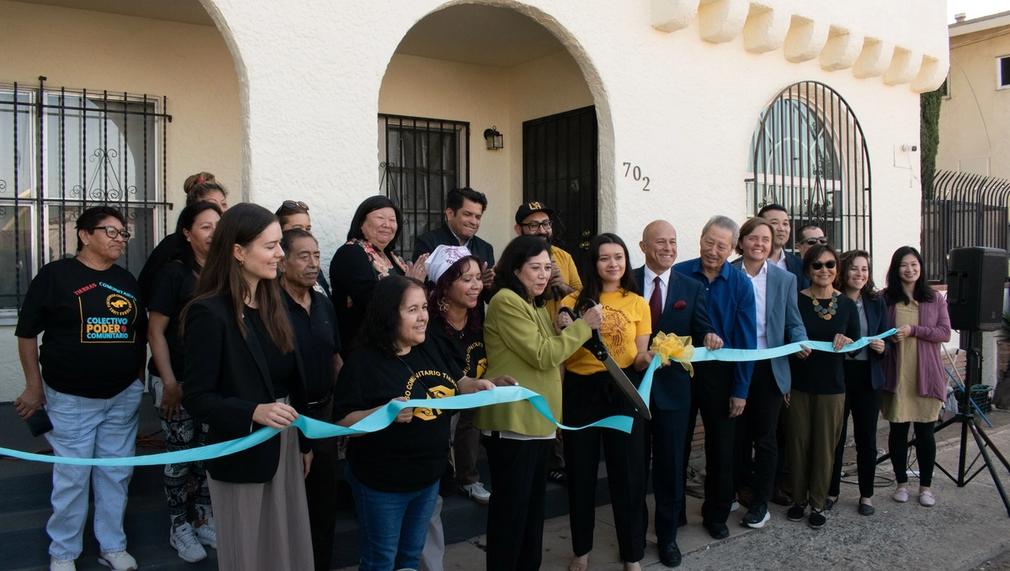Seeing Unhoused Seniors in the South Bay
Unhoused Native Hawaiian/Pacific Islanders in the South Bay are overlooked and too often forgotten. Existing service providers do not have the language capacity to serve them. LTSC will develop the capacity of a trusted organization, SoCal PICRT, to fill this service desert.

What is the primary issue area that your application will impact?
Affordable housing and homelessness
In which areas of Los Angeles will you be directly working?
South Bay
In what stage of innovation is this project, program, or initiative?
Pilot or new project, program, or initiative (testing or implementing a new idea)
What is your understanding of the issue that you are seeking to address?
Older adults are one of the fastest-growing groups experiencing homelessness, driven by rising rents, fixed incomes, and unexpected crises. Stigma and language barriers make it difficult for older adults to access homeless services. This is especially true in the Asian American Native Hawaiian Pacific Islander community (AANHPI). Stigma of homelessness is so great within this community that eligible individuals will not self-identify as “homeless” even to access available services. Further, Census data show that older AANHPIs in Los Angeles have a high rate of Limited English Proficiency LEP making it that much harder to access services. In the South Bay area of Los Angeles County homeless AANHPI seniors have very few resources. They are underserved and overlooked in this services desert. Increasing the reach and expertise of the few established service providers in the South Bay will fill the gap.
Describe the project, program, or initiative this grant will support to address the issue.
LTSC and its partner Southern California Pacific Islander Community Response Team (SoCal PICRT) will work together to increase services for the unhoused Asian American Native Hawaiian Pacific Islander community (AANHPI) in the South Bay area of Los Angeles County. The project brings together LTSC’s longstanding work in the Japanese and Korean immigrant communities and bilingual case management infrastructure with SoCal PICRT’s trusted relationships and outreach in NHPI communities that was developed during the Covid-19 pandemic. LTSC and SoCal PICRT will work together to establish a robust care support program that SoCal PICRT will implement for their community. LTSC will provide training to SoCal PICRT staff in core case management practices as part of a broader effort to develop a shared continuum of care between the two organizations. LTSC’s senior social services staff will provide hands-on training, mentorship, and tools to help establish a sustainable and culturally responsive case management model. This collaborative approach will strengthen coordination across organizations, support warm handoffs, and lay the foundation for integrated housing and behavioral health services that are tailored to the specific needs and experiences of the AANHPI community.
Describe how Los Angeles County will be different if your work is successful.
If the project is successful, SoCal PICRT will increase its capacity to serve its community. SoCal PICRT will have the skills to outreach to their community and provide the services the community needs. SoCal PICRT will build on the work they started during Covid-19 and adapt their services to meet the current needs in the South Bay, specifically homelessness. In the long term, the South Bay area of Los Angeles County will have a capable service provider specifically for the NHPI community. Limited English speaking NHPI unhoused community members will have a resource to access and help them move into stable housing. With one year of measurable success, SoCal PICRT will be able to approach other sources of funding to support the program moving forward. Potentially the program will reduce homelessness in the NHPI community in the South Bay.
Approximately how many people will be impacted by this project, program, or initiative?
Direct Impact: 15
Indirect Impact: 1,000